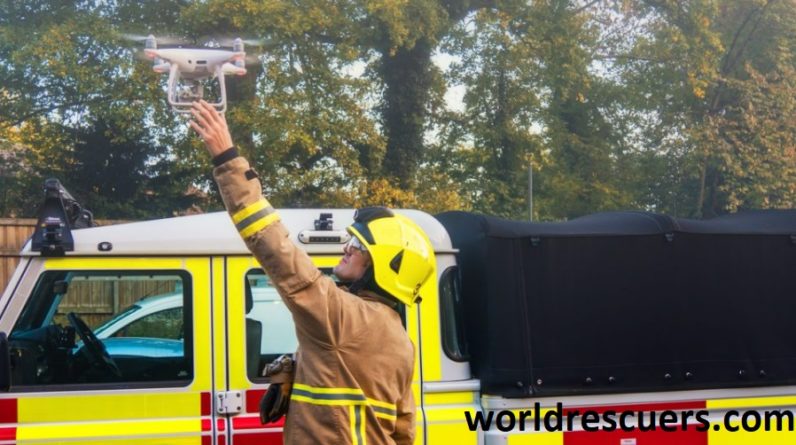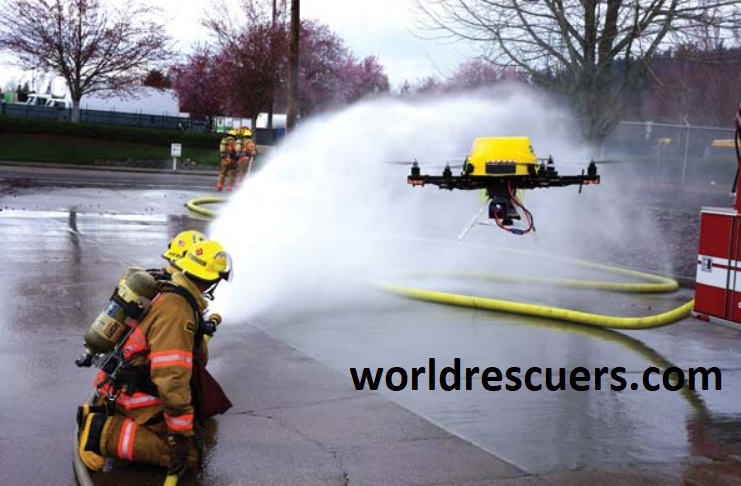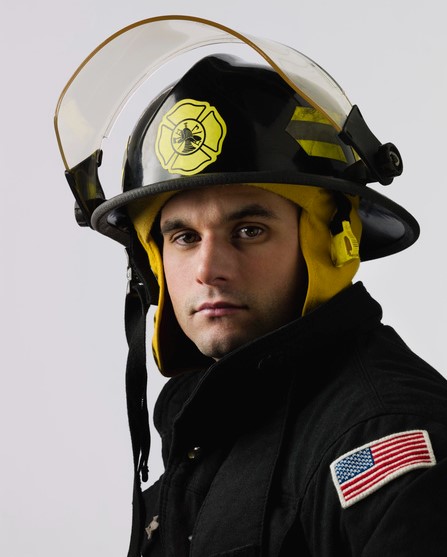
The National Fire Protection Association (NFPA) has released a free online training program to help more than 29,000 fire departments in the U.S. The program intends to improve existing public safety fire fighting drone programs and establish new drone initiatives.
Small unmanned aircraft systems (sUAS) or drones have changed hobby-based activities to serious lifesaving tools. The transition of this process remained significant in recent years. Public safety is the prime priority of any institution in the country. Similarly, departmental support for this new technology can help us to build resilient communities. The correct use of drones can help us with preparedness and swift response to the serious nature of emergencies. The emergency departments are now expanding the use of fire fighting drone as this is enhancing departmental performance.
Fire departments across the country- USA are expanding their viable drone technology. This transformation will likely improve public safety results. There would be some new challenges for both administrators and drone operators.
Using drone technology
Can advantage the Emergency services, departments, and non-profitable organizations. Their-fire fighting drone, used in fire service increased situational awareness advantages during structural and wildland firefighting attacks, search and rescue missions, HAZMAT assessments, and natural disaster response.
Drone technology can effectively augment public safety planning efforts, as well. But to be safe and successful, it is important for fire department drone programs to be built in accordance with FAA regulations, regional rules, and the guidance found within NFPA 2400, Standard for Small Unmanned Aircraft Systems (sUAS) Used for Public Safety Operations.”

This new NFPA online drone training program is designed to provide recommendations and best practices so that fire departments can take their drone programs fire fighting drone to a higher level.
The four-hour self-paced modules with interactive recorded videos, virtual reality tools, and other dynamic components are designed to help first responders grasp and remember important drone safety information.
After taking the training, the advantages of drone for administrators of the drone programs will be:
- Analyze the costs and benefits of drone training
- Choose the right program for drone training
- Select and maintain systems
- Establish program definitions and deliverables
- Develop policies and procedures
After taking the training, Drone operators will know how to:
- Build an operational framework for uniform drone operator job
- Create a cohesive mission plan
- Issue a uniform signed drone operator jobs
- Prioritize pre- and post-flight operations
- Prepare for take-off, line of sight, and aerial maneuvers
- Set benchmarks for payload and data acquisition
NFPA applied for and received a FEMA Fire Prevention and Safety Grant so first responders have the information and insights needed. These are required to incorporate drone technology into emergency response and preparedness strategies.
The new training, knowledge base, NFPA 2400, related research, NFPA Journal drone coverage. The other relevant blogs are also available at World of Rescuers (worldrescuers.com) The content on that page has been curated to help fire service administrators and drone operators, manage, and maintain drone programs that sync with proper public safety protocols.
This latest drone training offered for the fire service and in recent years on potential emergency response hazards such as energy storage systems (ESS), alternative/electric vehicles (AFV/EV), and flammable refrigerants are also included.

Hi, I am John Smit a Captain in Fire Department City of Newyork with over years of experience in the field of Firefighting and HSE. My passion for fire safety started when I was a young boy and witnessed a neighbor’s house go up in flames along with precious lives. Since then, I had dedicated my life to ensuring the safety of buildings, properties, and individuals in case of a fire and medical emergencies.


